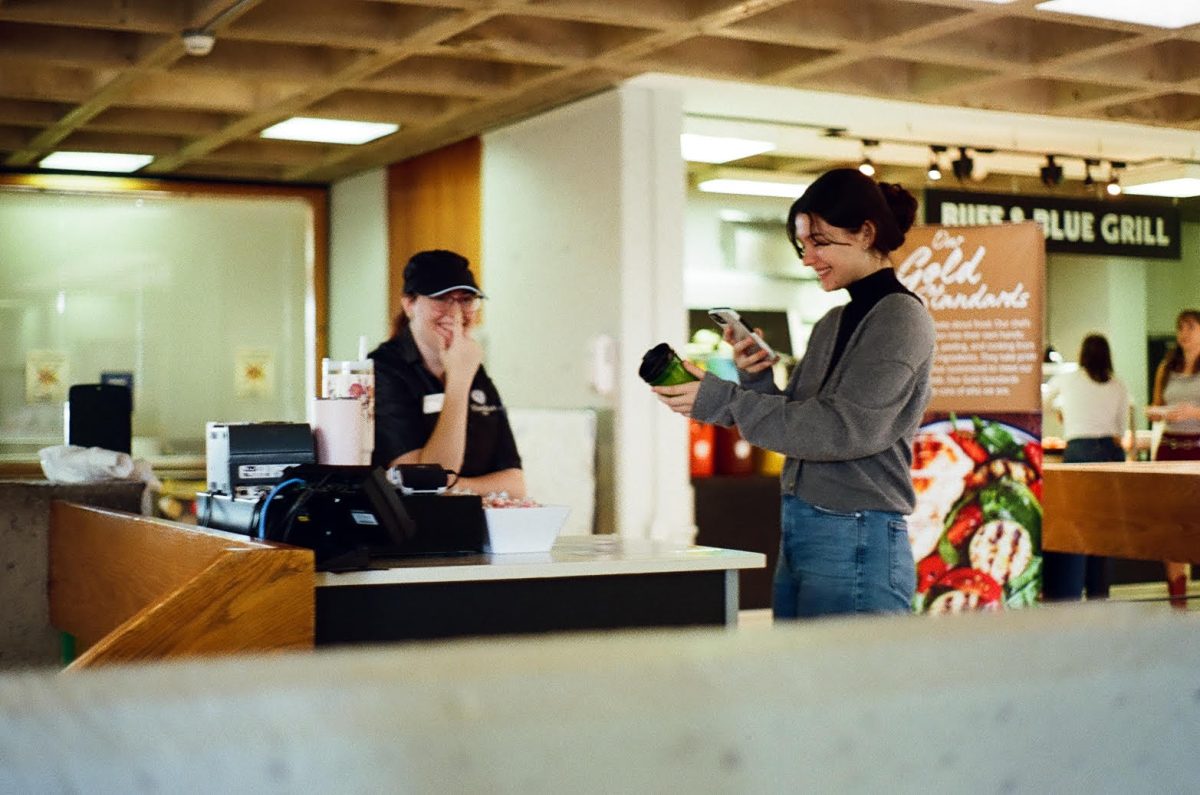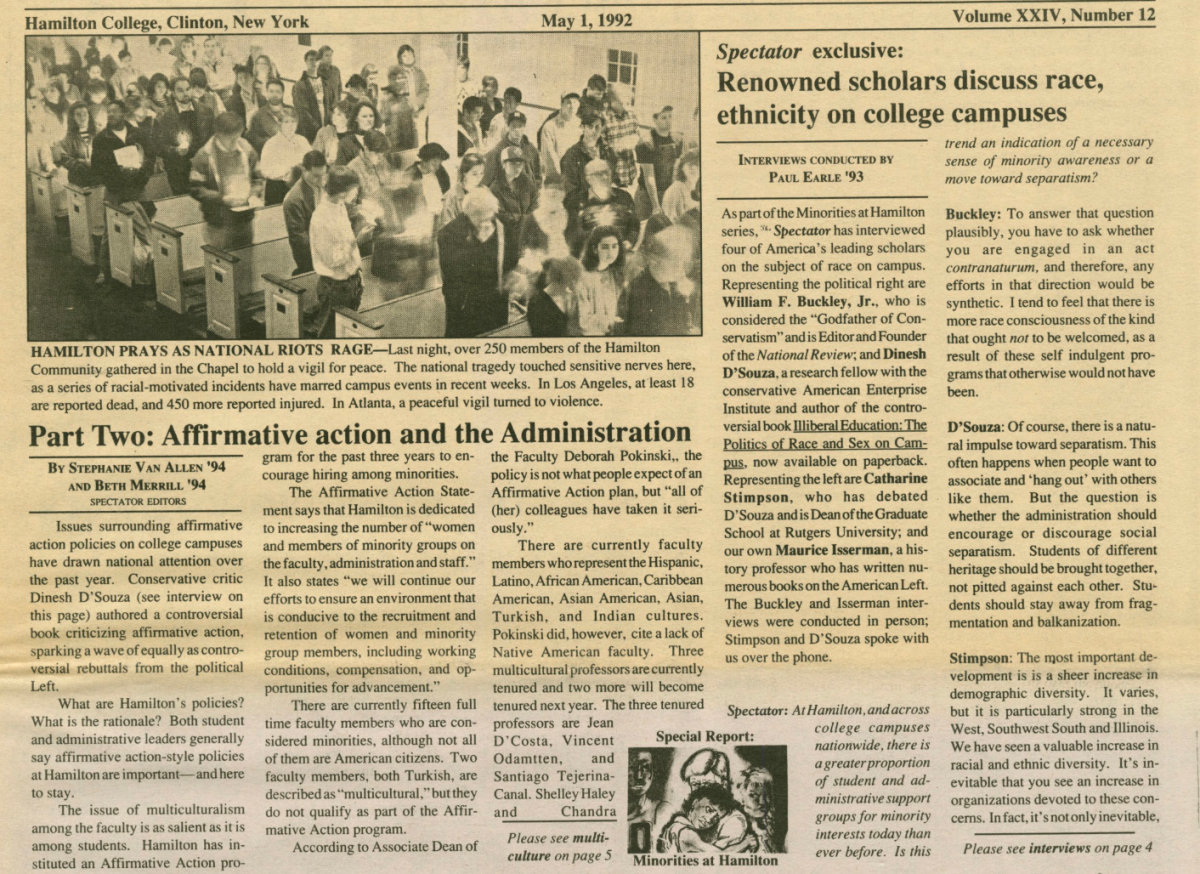
Hamilton’s Sustainability Office partnered with Parkhurst Dining services to launch the new Green to Go Containers initiative this semester. Originally launched on campus before COVID, (and something Colgate has done for years), this newly revamped program is coming back stronger than ever.
A Green to Go Container is a plastic tupperware box that can be redeemed with an arboretum tag. These containers give students the freedom to get a meal on the go or save for later. Students might find this option more enticing as classes pick up and schedules become more packed with extracurricular activities. These new containers also replace disposable to-go containers to help with Hamilton College’s sustainability efforts.
This program faces many challenges as it gets started. In the previous attempt, labor shortages made it impossible for dining hall workers to keep up with the influx of containers. Students also had no accountability for the containers, leading to many going missing or unused. This time around, students have to actively opt into the program and learn how it works in order to receive a tag that is redeemable for a container. According to Sara Soika, Hamilton’s Environmental Health and Safety Specialist, over 600 students have chosen to participate in the program so far.
However, much to the dismay of students, china plates are no longer allowed to leave the dining hall. Soika claims there is a reason for this. She mentioned, “It is hard for [Parkhurst] to know if a student is actually taking the food to the patio.” This puts Pankhurst on the line if a student were to keep a plate, drop a plate or even throw one out. The company would have to pay to replace the plate, driving up meal plan costs — something no student wants. It also puts Parkhurst employees in the difficult position of confronting students who attempt to leave the dining hall with plates, making student-employee relations unnecessarily negative. “One student can say it’s just one plate, but if every student says it’s just one plate, that is 1,800 plates that just left at lunchtime,” Soika stated.
For those that still have plates in their rooms, returning them to the dining hall (even though you have to embrace the walk of shame) is essential to avoid having those plates counted as a loss. Leaving those plates in dorm hallways or elsewhere puts the burden of returning them on someone who is not responsible for them.
With the addition of Green to Go Containers to the campus dining halls, Hamilton is making an investment on the health and wellbeing of its students. What are some of the ways that students can help Hamilton be more sustainable?
Perhaps the most simple, yet the most important, is not commingling waste containers, as stressed by Brian Hansen, the Director of Environmental Protection Safety and Sustainability. “We have this progressive sustainability stance and every one of our trash containers are full of all these single-use clamshells,” Hansen said.
Students can have an active role in reducing campus waste by limiting the usage of paper cups for hot beverages or ice cream in the dining hall. These single-use cups are currently the only product inside the dining hall besides napkins that cannot be reused. By using a personal thermos or mug in the dining hall, it is possible to offset some of the waste that is being generated by these cups. Even if it is less convenient to wash your own thermos, it can help reduce the amount of waste ending up in landfills. Depending on the results of the Green to Go program, there is possibility for expanding the reaches into reusable mugs as the Sustainabiltity Office did in 2011.
There is so much that is on the horizon for Hamilton students that would allow them to become involved in the College’s many environmental initiatives and help contribute to a greener, healthier planet. The programs that are put in place only work if students participate in them, meaning each person here on campus plays a big part in Hamilton’s now greener future.
















